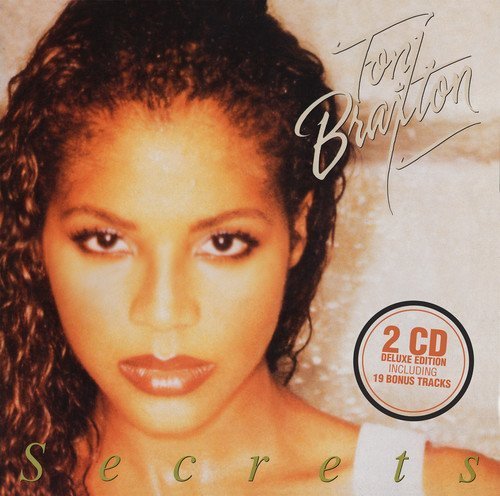a slightly modified, very simple approach to css sprites
prepare your sprites
The first thing to do, is to get your sprites together in a zip file. Basically gather up all the pictures and icons you will be using and put them into a single folder, then zip them up. Here is the zip I am using for the demo demo_sprite.zip (14.12 kb). Then simply go to Project Fondue set up your settings and process. For the purposes of this method, set the 'Css Prefix' to 'i' and clear the other 'Class Output option' fields. Now you have your css, and you can download the image that Fondue produced, which is the image directly to the left in this post. The tough work is alreaday done, now you are ready to implement it.the <i> tag
As stated in the title, I chose to use the <i> tag. This tag was originally used for italics, but that practice is not always followed, and most people use CSS reset anyway, so it is up to us to choose what we want it to mean... and I chose 'image' (the img tag wont work as it rendered the ugly 'image not found' image in most browsers). So for this to work, you are going to have to first reset the <i> tag to nothing in css, then set it's background to the sprite image; I will assume you are using your own css reset, and my sprite to the right is called sprites.png.:
i {background:url(Images/sprites.png) no-repeat;
display:inline-block; width:24px; height:24px; }
/* code produced by Fondue */
i.danger { background-position: 0 0; }
i.download { background-position: 0 -74px; }
i.error { background-position: 0 -148px; }
i.folder { background-position: 0 -222px; }
i.reload { background-position: 0 -296px; }
i.success { background-position: 0 -370px; }
i.trash { background-position: 0 -444px; }
i.warning { background-position: 0 -518px; }
I am setting the default height/width to 24px because that is the size of my icons, if all of your are not the same, you can either set a default size here, or size every one indivually; I recommend using the most common size as the default for the smallest css.
*If you do have images of different sizes, be sure to set their height/width in their corresponding css classes.
use it
Now you are all set, the html:<i class="danger"></i>
Produces and:
<i class="download"></i>
Produces and so on.
















